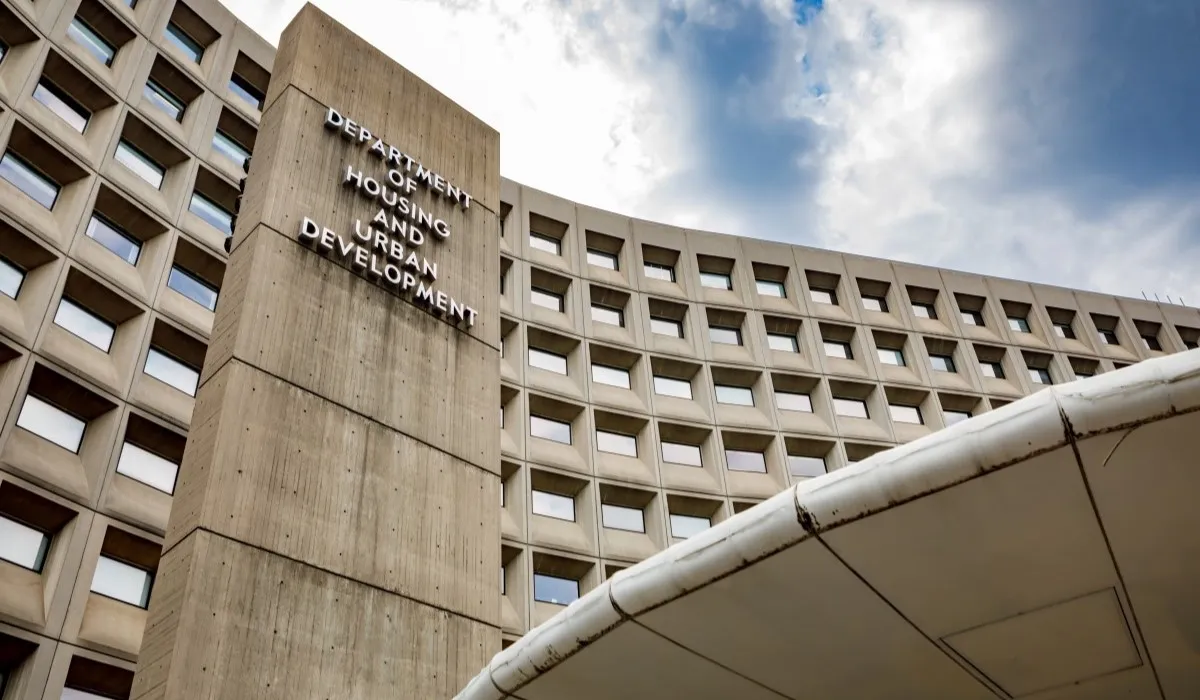South Australia’s planning system has been ranked as ‘nation leading’ for retirement village developments by the Retirement Living Council, but the industry group says more needs to be done support the accommodation needs of the state’s ageing population.
The state topped the rankings in a national planning report card – prepared with planning agency Urbis – with a score of 58.8 points out of 100, followed by NSW, ACT, Victoria, Queensland, Tasmania and WA.
However the report puts forward five recommendations to make South Australia’s planning system ‘retirement ready’, and to provide more age-friendly housing supply for the state’s ageing population.
The include establishing clear policies in strategic plans such as the Greater Adelaide Regional Plan for “age-friendly” accommodation, identifying high-need locations and ageing hot spots, and offering zoning or development bonuses to incentivise retirement village developments.
MORE NEWS
North Adelaide mega site sells in $50m+ blockbuster deal
The bounding SA hotspots delivering high price growth and rental yields
Experience the true pinnacle of coastal living
75+ years population projections. Source: Retirement Living Council
RLC executive director Daniel Gannon said the changes would help alleviate the housing, healthcare and aged care capacity constraints.
“We now know that 67 per cent of retirement village development applications (nationally) take more than 365 days to complete assessment, while 23 per cent take more than 730 days,” he said.
“Given SA’s over-75s cohort will increase by 64 per cent over the next decade and a half, and retirement villages are effectively operating at full capacity, this is alarming and unacceptable.
“More red tape and complexity in planning systems won’t help build the homes that older South Australians need, but they can dampen supply very easily.”
According to the report, approximately 67,000 new retirement units are required nationally by 2030, however, only 18,000 are currently planned.
It also found Qld and WA were ageing faster than the other states covered in the report, though the Northern Territory was ageing at the fastest rate.
Population data from the Australian Bureau of Statistics shows a 6.2 per cent increase in the median age from 35.8 to 38.1 years in WA.
Retirement Living Council executive director Daniel Gannon.
In Queensland there was a 4.9 per cent increase in median age over the same period compared
to a national average increase of 2.9 per cent.
Meanwhile, the most populous states of NSW and Victoria are projected to be home to more than two million residents aged over 75 years in 2040.
In 2024, an estimated 13.6 per cent of SA residents will be over 75 years, and in Tasmania the share is even more prolific where the age cohort will account for 14.3 per cent of the population.
Urbis associate director Kylie Newcombe said retirement living played a crucial role in providing age-friendly housing.
“Planning is a critical enabler for delivering the housing that the retirement living sector provides for older Australians,” he said.
“However, a significant 70 per cent of the industry feels let down by the system, citing that authorities have a ‘poor’ understanding of retirement living.
“As our ageing population continues to grow, it’s more important than ever that retirement living is addressed in strategic plans and policies by state and local governments.
“A promising starting point could be setting explicit targets for retirement living, backed by a consistent set of controls and design guidance for application across the state.”




















 English (US) ·
English (US) ·